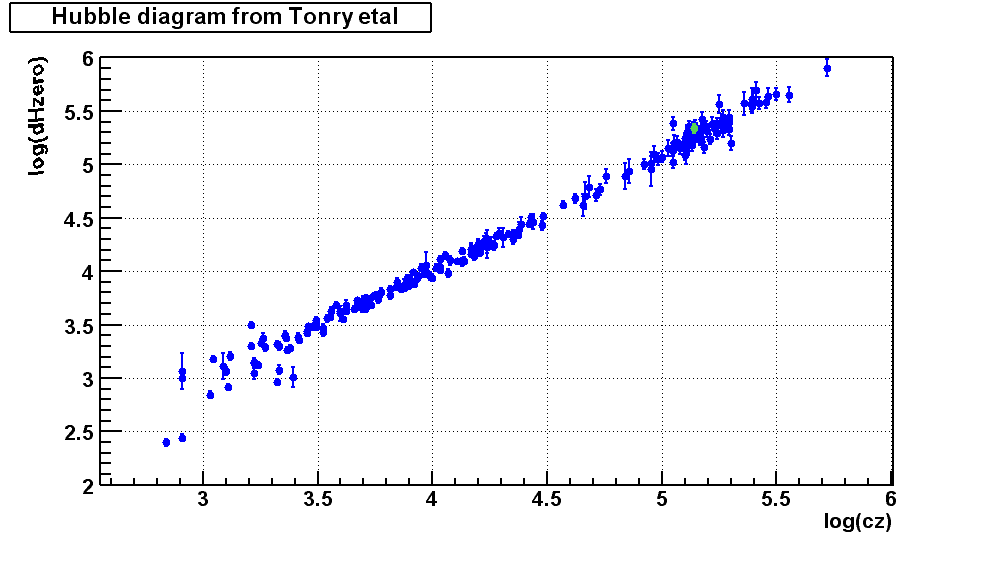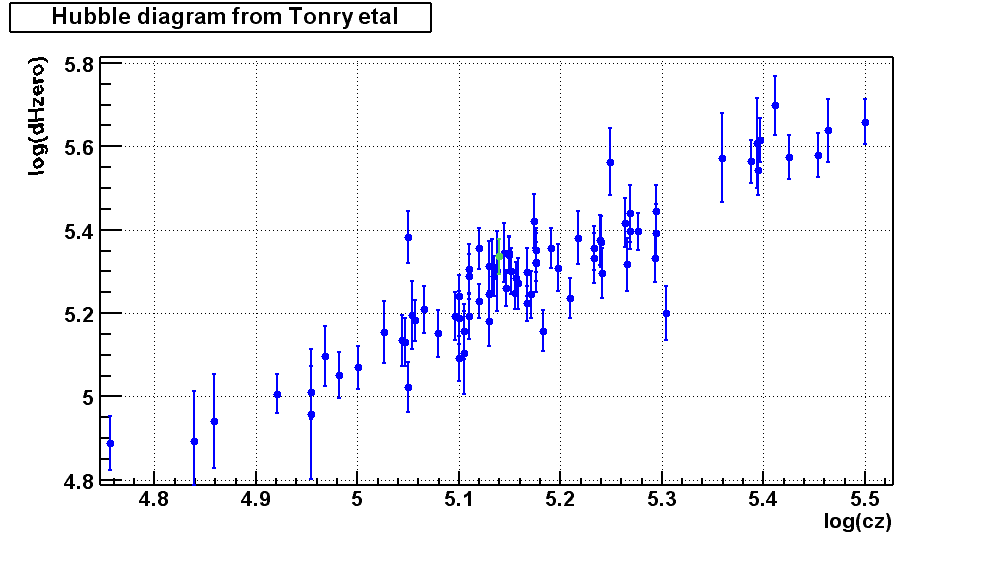- Previous message: Robert A. Knop Jr.: "Re: SN 1999Q lightcurve"
- In reply to: Serena Nobili: "Re: SN 1999Q lightcurve"
- Next in thread: Serena Nobili: "Re: SN 1999Q lightcurve (subluminous ?)"
- Next in thread: VAFadeyev@lbl.gov: "Re: SN 1999Q lightcurve"
- Reply: Serena Nobili: "Re: SN 1999Q lightcurve (subluminous ?)"
- Messages sorted by: [ date ] [ thread ] [ subject ] [ author ] [ attachment ]
Dear Serena,
> greater than 1. We could then consider including this information in our
> paper. However, since this value would not improve the presentation ( e.g.
> this SN would be even more deviant in the Hubble diagram after correction
> for the stretch) and given that they could publish the lightcurve at any
> moment and "perhaps" prove us wrong, I would choose not to modify the
> analysis presented in the paper, avoiding taking un-necessary risks. I
It seems that this is not an issue of "presentation" per se, but rather
that of the data analysis. I think that this is your call as to what
to do in this situation. In principle, you *are* biasing the result,
if you choose to omit the information which makes the data look "bad".
At some level, the outliers are to be expected.
Another piece of information -- at Gregs suggestion, I also looked at
the Tonry et all Hubble diagram. Please see the two attached plots;
they show distance modulus (log(dH)) as a function of log(cz). The 2nd
plot is a zoomed version of the 1st. The data are taken straight from
Tonry's compilation (table 8) in the paper.
In the plots, all SNe are marked blue, except for the 1999Q, which is
colored green. It seems to be a bit subluminous, i.e. sticking out
from the average flow by 1.0-1.5 sigma.
Cheers,
vitaliy


- Next message: Serena Nobili: "Re: SN 1999Q lightcurve (subluminous ?)"
- Previous message: Robert A. Knop Jr.: "Re: SN 1999Q lightcurve"
- In reply to: Serena Nobili: "Re: SN 1999Q lightcurve"
- Next in thread: Serena Nobili: "Re: SN 1999Q lightcurve (subluminous ?)"
- Next in thread: VAFadeyev@lbl.gov: "Re: SN 1999Q lightcurve"
- Reply: Serena Nobili: "Re: SN 1999Q lightcurve (subluminous ?)"
- Messages sorted by: [ date ] [ thread ] [ subject ] [ author ] [ attachment ]
This archive was generated by hypermail 2.1.4 : Mon Jan 26 2004 - 14:16:04 PST